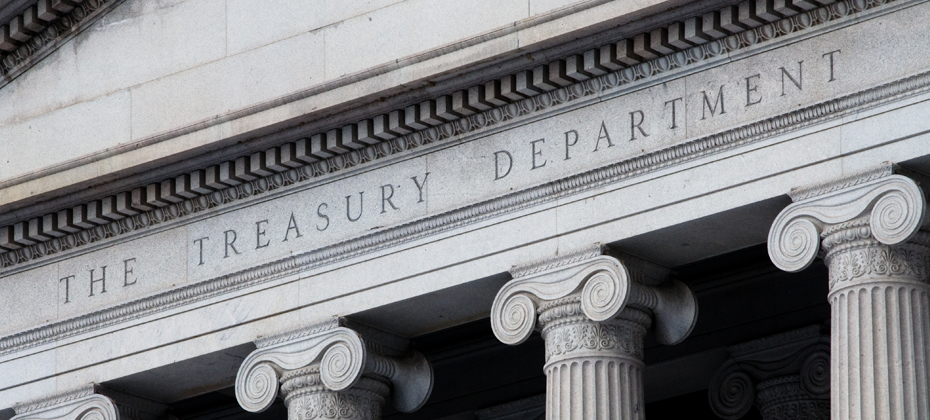Understanding the Impact of New Marketplace Lending Regulations
The online marketplace lending sector has enjoyed unprecedented growth these past few years. According to a recent Morgan Stanley research report, the volume of loans extended by online marketplace lenders in the United States has doubled every year since 2010, hitting $12 billion last year. Some analysts speculate this growth will continue at a compound annual rate of 47 percent through 2020.
The market’s growth, coupled with new, disruptive lending models, is now prompting regulators in Washington to raise questions about the potential opportunities and challenges for consumers, small businesses, and the safety and soundness of our financial system.
Last July, the Treasury Department issued a request for information to better understand the benefits and risks associated with new online lending platforms and other “fin-tech” startups.
The Treasury’s RFI sought information about how these entities’ business models differ from traditional lenders, their impact on financially underserved consumers, and ultimately whether the regulatory framework should evolve to ensure the safe growth of this emerging marketplace. They were also interested in how online lenders were assessing credit risk of borrowers.
Most comments the Treasury Department received from online lenders focused on the positive impact that innovation in financial services could have on consumers and small businesses.
For example, in an open letter to the Treasury, Lending Club Founder and CEO Renaud Laplanche stated his company’s role in “bringing more transparency, removing friction, reducing systemic risk by requiring a match between assets and liabilities, and offering traditional banks … the opportunity to participate on our platform and benefit from the same cost reductions from which our other borrowers and investors benefit.”
Laplanche emphasized the benefits to consumers by noting that “over 70 percent of borrowers on our platform report using their loan to pay off an existing loan or credit card balance and report that the interest rate on their Lending Club loan was an average of seven percentage points lower than they were paying on their outstanding debt or credit cards.”
For small businesses, Laplanche explained how commercial loans less than $250,000 tend to be underserved by traditional lenders. “Bank loans from $100k to $250k have fallen 22 percent since 2007, during a period when bank loans of $1 million or greater increased by 56 percent,” he wrote. “Our platform’s automated processes allow us to provide smaller commercial loans that are less available more economically than traditional banks can.”
Meanwhile, some commenters called for regulators to increase oversight of the marketplace to provide more certainty. In a joint comment letter, the American Bankers Association and Consumer Bankers Association argued that all lenders — regardless of medium by which they deliver loans — should operate under the same rules and standards. They highlighted the numerous consumer protections in place to protect borrowers — from transparency in pricing, to fair debt collection methods, and data protection — and advocate for these protections to apply in all bank-like activities involving lending or servicing.
But what about the Consumer Financial Protection Bureau (CFPB)? The CFPB will take a leadership role to ensure marketplace lenders comply with the fair lending and consumer financial protection laws that the CFPB has authority to enforce.
The CFPB has not made any direct notice to the online lending marketplace specifically, but it did issue a notice in October 2014 saying it had no intention of bringing enforcement actions against companies that offer innovative financial products — so long as they benefit consumers.
Meanwhile, it is also likely the Federal Trade Commission and state attorneys general will increase their focus on the online lending segment, especially as it relates to how products and services are marketed.
The FTC held a symposium on Oct. 30 to examine online lead generation and consumer protection in the lending and education industries. The FTC workshop raised questions about the potential consumer protection challenges of this advertising medium used heavily by online lenders. In particular, there were calls for greater transparency in the use of lead generation, including more information on the ways consumer data is collected through lead-gen websites and how it is used and shared.
Online marketplace lenders should expect to stay under the regulatory spotlight – because that’s what success often brings. The sector can avoid undue burdens by ensuring compliance with existing laws and adopting and following industry best practices.
For more information, visit www.experian.com/marketplacelending.



